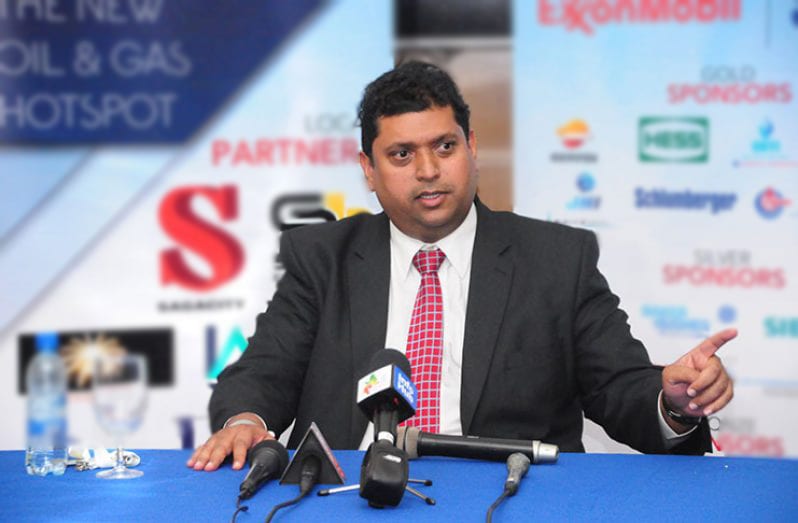Since oil production began in Trinidad and Tobago (T&T) in 1908 and the commercialization of natural gas, which started later, in the 1950s, the country’s economy has grown, making it one of the most prosperous in the CARICOM region.
Today, T&T generates all of its electricity from natural gas with a significant portion being used for the production of petrochemicals and for liquefied natural gas.
“And that business, that LNG business, has been the main pillar of Trinidad’s economy for the last 21 years,” former Minister of Energy and Energy Affairs, Kevin Ramnarine points out in an interview set to premiere this evening on OilNOW TV’s Facebook platform.
Despite criticism T&T has faced over the management of its oil and gas-led economy, how it has been able to use its hydrocarbon resources to improve living standards and advance economic growth is a story which other countries in the region, such as Guyana, can learn from, while working to avoid some of the same pitfalls.
The new oil producing South American country currently generates its power from costly heavy fuel oil and this has seen Guyanese paying among the highest in the hemisphere for electricity.
With the discovery of over 9 billion barrels of oil equivalent resources by ExxonMobil since 2015, the country’s fortune is changing. Oil production started at the close of 2019 and discussions have been ongoing on how to use some of the associated natural gas to bring the hefty cost of electricity down, which is now around 5 times higher than Trinidad.
But cheaper electricity is just one of the upsides of piping gas to shore. “So, cheaper electricity by 50 to 60%, cheaper LPG, savings on foreign exchange because you’re not going to have to expand foreign exchange now to buy fuel oil and LPG. But Guyana has also been talking about a very exciting project which is gas to protein,” Ramnarine explains, going into great detail.
He also points out in the interview how the cost of the pipeline and associated infrastructure will be offset by the “wider economics of the Stabroek Block”, particularly since there is no cost associated with producing the gas itself.
He said a gas to power facility will have minimal environmental impact and explains in detail how the massive economic benefits of the pipeline far outweigh these and other concerns, in the context of the development of the country and its people.
One thing is certain, is that Guyana, he said, is not only at the beginning of its oil story, but its gas story as well.
The interview will premiere at 7:00 PM this evening on the OilNOW TV Facebook Page.



